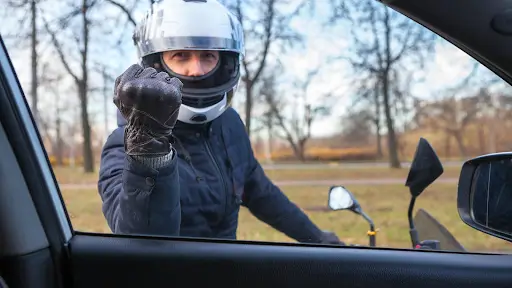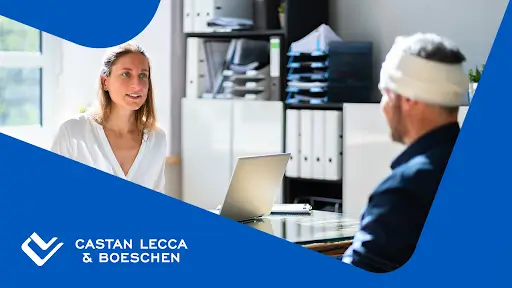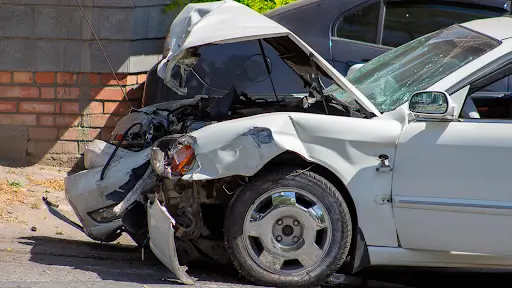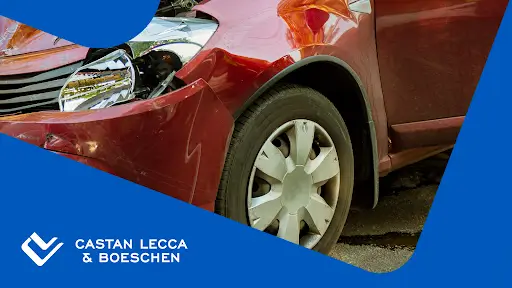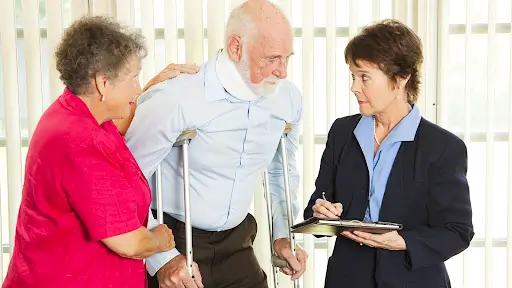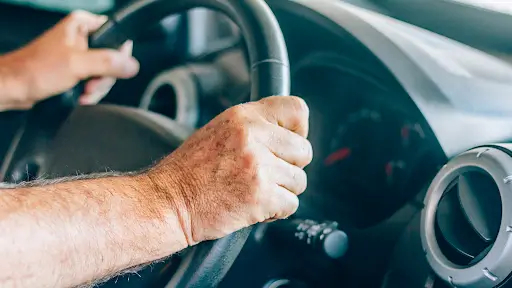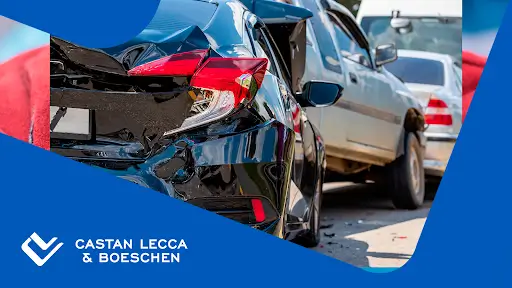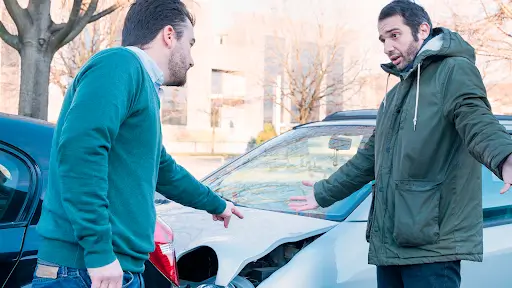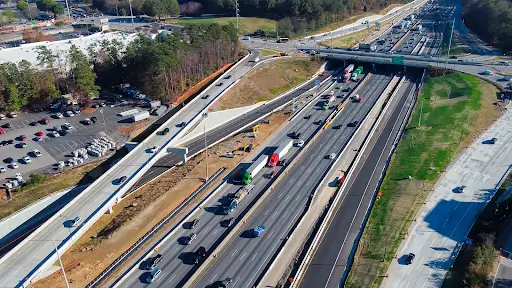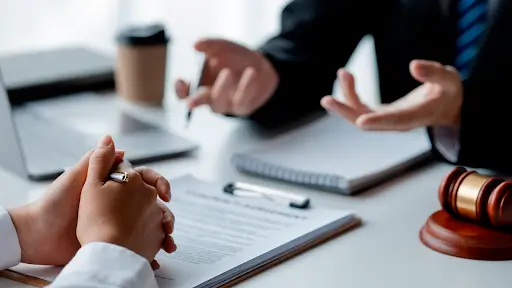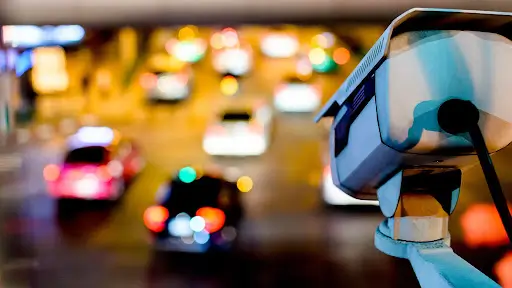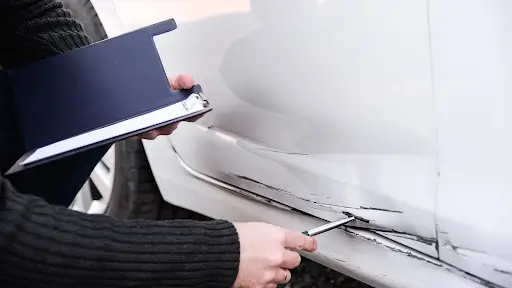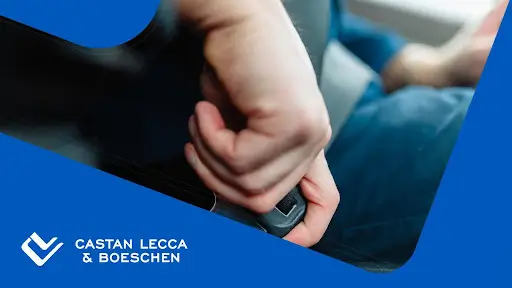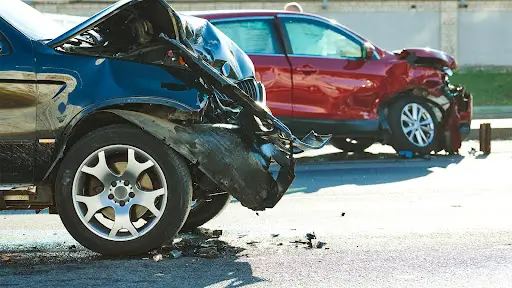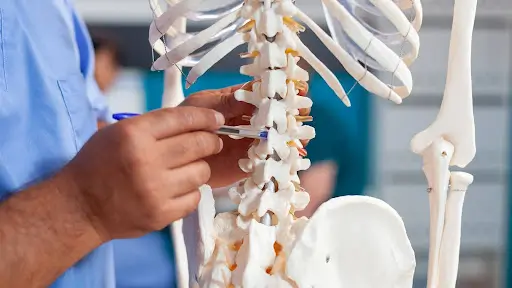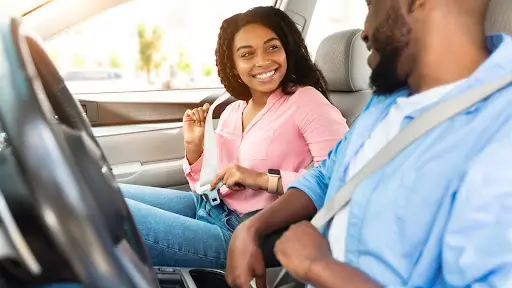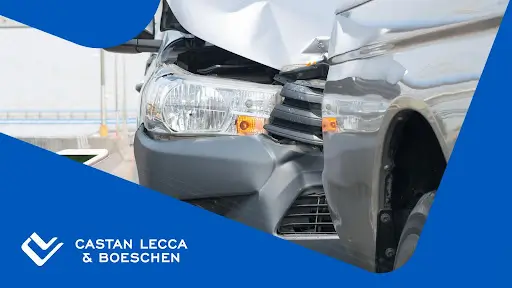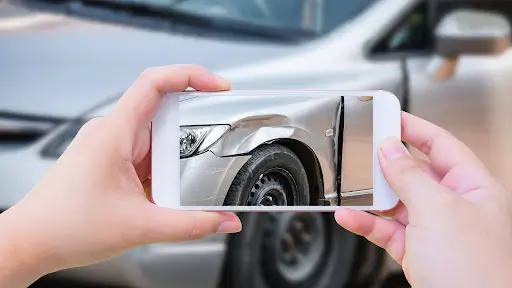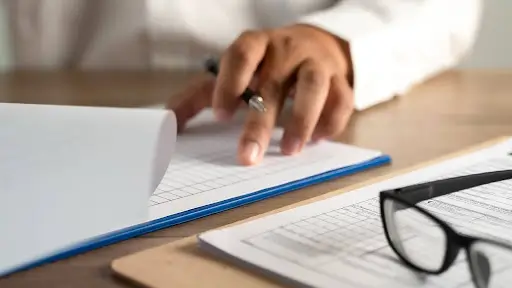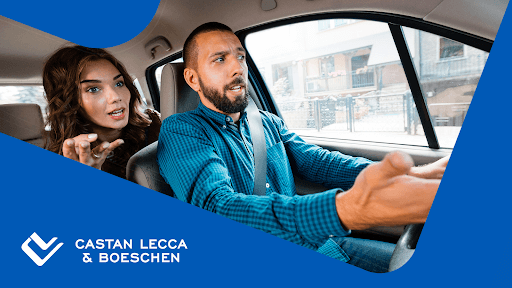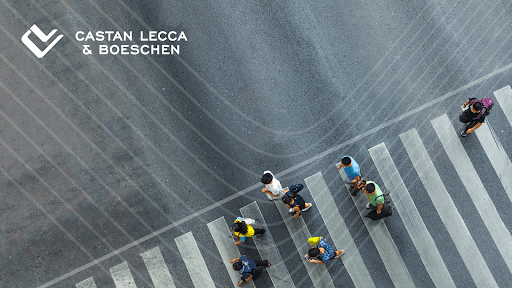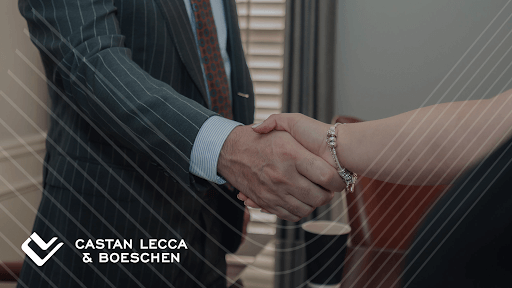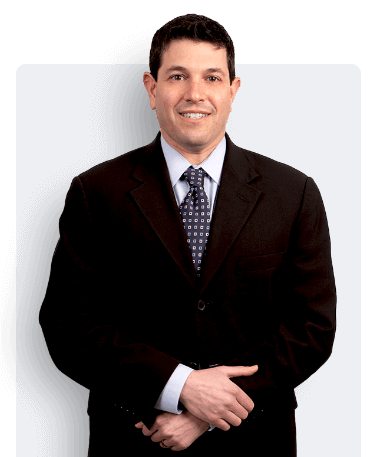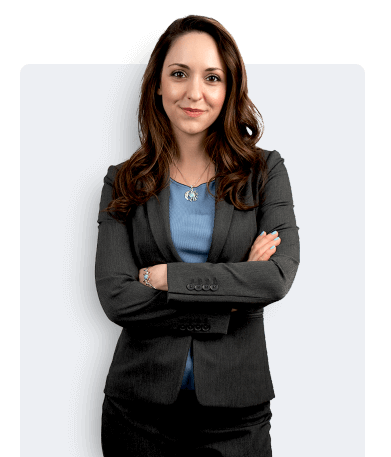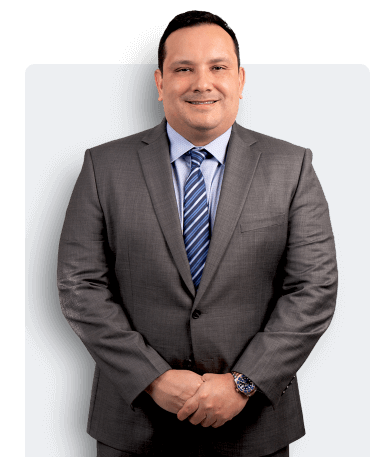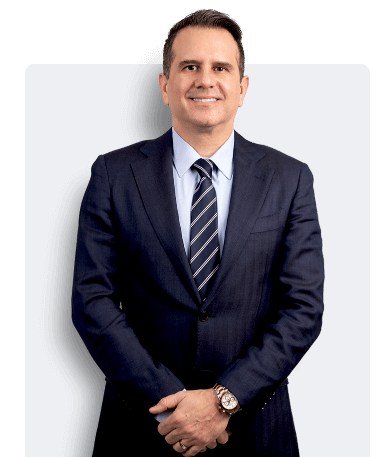How Road Rage Causes Car Accidents
How Road Rage Causes Car Accidents
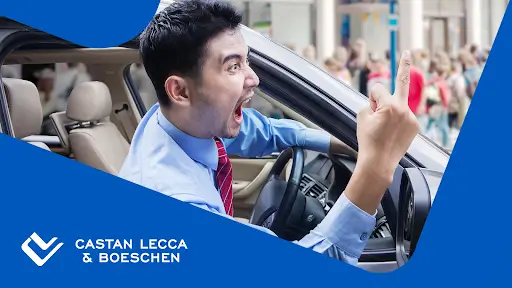
Our roads can turn into a stage for strong emotions, where actions like road rage and aggressive driving become prominent. Amidst the daily rush, stress, traffic congestion, and impatience combine to create a risky situation. According to the NHTSA 66% of traffic fatalities are caused by aggressive driving, these actions not only put lives at risk, but also have serious legal consequences.
Road Rage vs. Aggressive Driving
Picture a lively street: horns honking, people getting angry. Even though road rage and aggressive driving might seem similar, they each have their own story to tell.
- Road Rage: Sparking Car Accidents: Believe it or not, road rage is one of the top causes of car accidents. Think of it like a storm of emotions taking over the driver’s seat. As frustration turns into aggression, it leads to risky actions – tailgating, yelling matches, rude gestures, and even fights. This emotional turmoil doesn’t just put lives in danger; it sets off car accidents, possibly causing injuries and even death
- Aggressive Driving: Riding the Edge of Accidents: Aggressive driving means taking unnecessary risks while driving. It’s more than just speeding – it includes quickly changing lanes, following too closely, and not following Road Rage’s Impact on Car Accidents: Where Emotions Colliderules. Unlike road rage, this behavior might come from being impatient or not thinking carefully, putting you close to accidents even without strong emotions.
Road Rage’s Impact on Car Accidents: Where Emotions Collide
Road rage can cause car accidents and create hazardous situations. As emotions rise, clear thinking can fade away, causing unpredictable driving choices. Tailgating, sudden lane changes, and aggressive moves become common. These actions make reactions slower, raising the chance of rear-end collisions, sideswipes, and accidents at crossings. The intense stress and anger make accidents more likely and more serious, potentially causing major crashes involving several vehicles.
The Chain Reaction: Road Rage’s Role in Car Accidents
Road rage’s impact on driving creates a ripple effect. Aggressive driving moves often result in quick lane changes without warning, sudden braking, and fast speeding up. These actions confuse for nearby drivers, making crashes more likely. Additionally, being very emotional affects a road rager’s ability to make fast decisions, making it hard to respond to sudden situations. This inability to adjust can start a chain of events that leads to accidents involving multiple vehicles.
Recognizing the Telltale Signs: Road Rage and Aggressive Driving
Differentiating between road rage and aggressive driving is crucial for understanding potential consequences and adopting preventive measures. While both behaviors pose risks, road rage is fueled by emotions that can escalate into violence. Identifying signs of aggressive driving, such as sudden lane changes and tailgating, empowers drivers to anticipate dangers and react defensively, preventing accidents in the process.
Spotting the Signals: Signs of Road Rage
Being able to spot the warning signs of road rage is crucial for maintaining road safety and avoiding potential confrontations. Here, we’ll delve into the indicators that may suggest someone is experiencing road rage and provide insights on how to respond effectively.
- Sustained and aggressive honking:
One of the first signs of road rage is excessive and aggressive honking. If you or others are subjected to incessant honking, especially in non-emergency situations, it is possible that the driver behind the wheel is struggling with his or her anger. This audible sign of frustration can escalate tensions and lead to reckless behavior if left unattended. - Rude gestures or aggressive signs: When emotions run high on the road, drivers may resort to rude gestures or aggressive signs to express their discontent. These actions may include vulgar hand gestures, yelling, or displaying offensive symbols. If you witness such behavior, it is a clear indication that a driver’s anger has crossed a controllable threshold and could potentially lead to more dangerous actions.
- Heated exchanges with other drivers:
Traffic hooligans often engage in heated exchanges with other drivers. If you observe two drivers yelling at each other or exchanging insults, it’s a red flag for road rage. Such interactions not only jeopardize the safety of the individual, but also contribute to an overall hostile driving environment.
- Riding on another driver’s bumper:
Riding too close on another driver’s bumper is a reckless behavior often attributed to road rage. An angry driver may ride up close to pressure the vehicle ahead to go faster. This behavior increases the risk of rear-end collisions and can quickly escalate a tense situation. - Abrupt lane changes and sudden swerving:
Abrupt lane changes and sudden evasive maneuvers without appropriate signals may indicate impulsive and irrational behavior stemming from road rage. These maneuvers endanger not only the driver performing them, but also nearby motorists. Unpredictable lane changes can lead to accidents involving hard shoulders and cause chaotic traffic flow. - Abrupt lane changes:
Rapidly changing between lanes without regard for other drivers is another manifestation of road rage. These abrupt lane changes are often characterized by failing to signal, cutting off other vehicles, and disregarding the rules of the road. Such actions can lead to confusion, frustration, and possible collisions.
- Ignoring traffic signs:
Ignoring traffic signs and signals is a dangerous manifestation of road rage. A driver consumed by anger may deliberately choose to disobey traffic rules and put himself and others in danger. Running red lights, ignoring stop signs, and disobeying right-of-way rules are all possible signs of road rage behavior. - Absent blocking of other vehicles:Intentionally blocking other vehicles or impeding the flow of traffic out of spite is a clear sign of road rage. Not only is this behavior aggressive, it is counterproductive to maintaining a safe and efficient driving environment. It can lead to road closures, traffic congestion and increased frustration for all drivers involved.
Legal Consequences of Road Rage
Road rage isn’t just about getting mad – it can mean paying fines, facing penalties, or even getting in trouble with the law. From breaking traffic rules to being accused of assault, the legal system doesn’t take aggressive driving lightly, especially when it causes accidents.
Preventing Road Rage and Accidents
Staying Safe: Road Rage Prevention Tips
- Stay cool during traffic jams and stressful times to avoid making quick decisions.
- Keep an eye out for mistakes by other drivers and stay focused to prevent accidents.
- Give enough space to the car ahead to react safely, reducing the chance of accidents.
- Don’t get involved with angry drivers – it can make things worse and lead to accidents.
- If things get heated, report the situation to authorities for safety and to prevent accidents.
When road rage or aggressive driving causes a car accident, the attorneys at Castan, Lecca & Boeschen are here to assist. With their knowledge in navigating the legal aspects of aggressive driving and road rage incidents, these professionals offer guidance and prevent legal issues from accidents.
Road rage and aggressive driving cast shadows on our roads, often leading to accidents. We can work towards safer roads by understanding their differences, recognizing their signs, following safety measures, and seeking help. Remember, road rage comes from emotions, while aggressive driving stems from risky behavior. If you face legal issues due to a car accident, our team can help unravel the complexities. Above all, let respect, patience, and empathy guide you on the road, ensuring safer journeys for all and avoiding accidents.
You may be interested in: Common causes of car accidents


